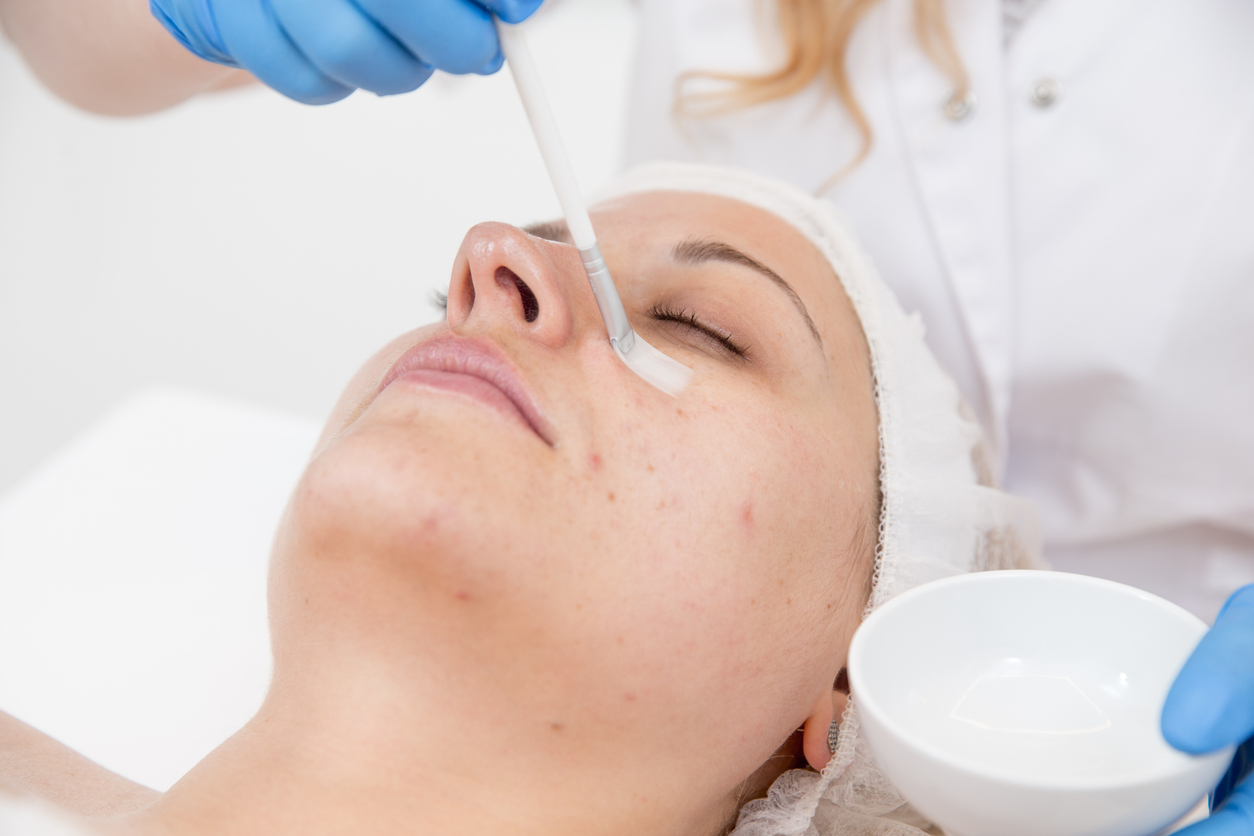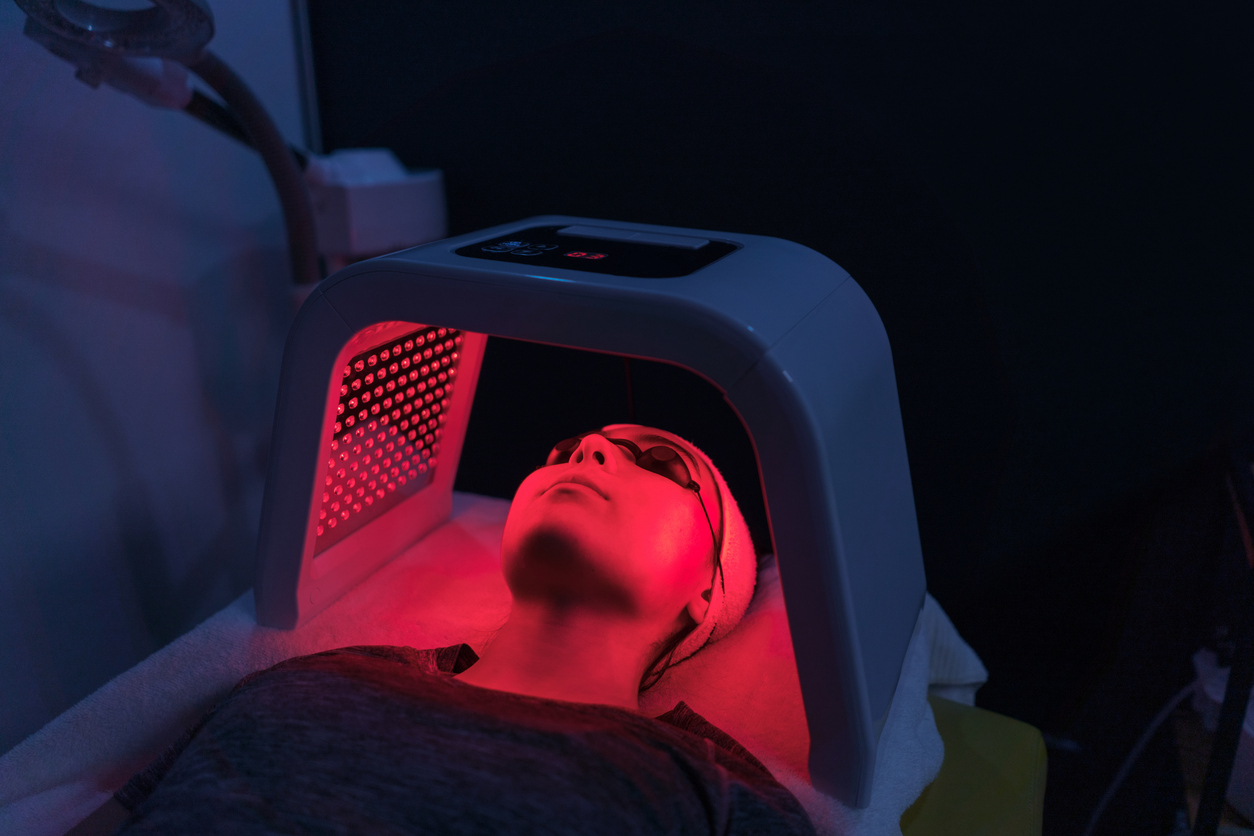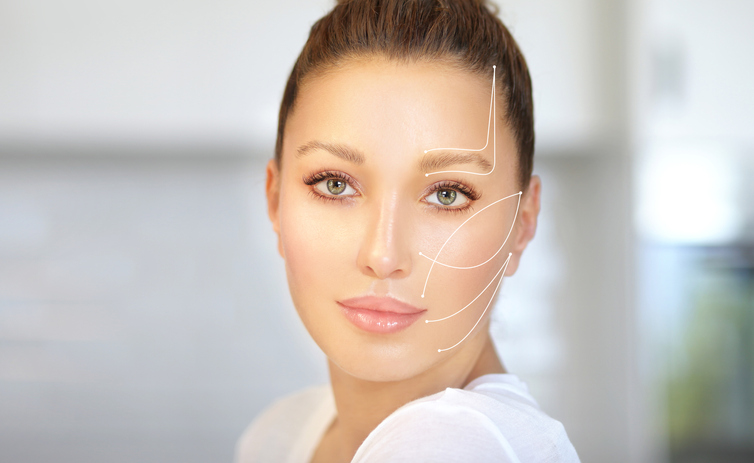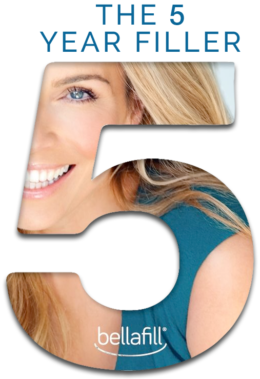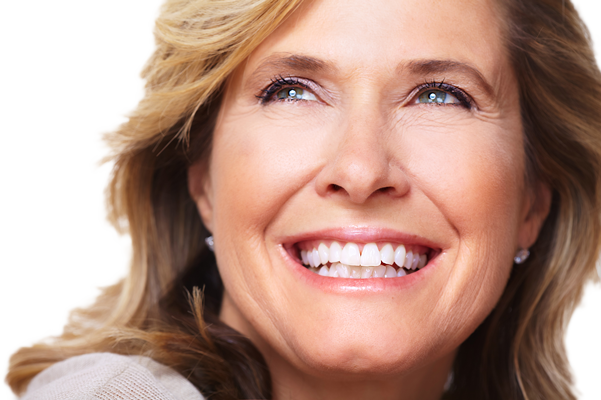Looking for a way to rejuvenate dull skin? How about a non-invasive treatment that can…
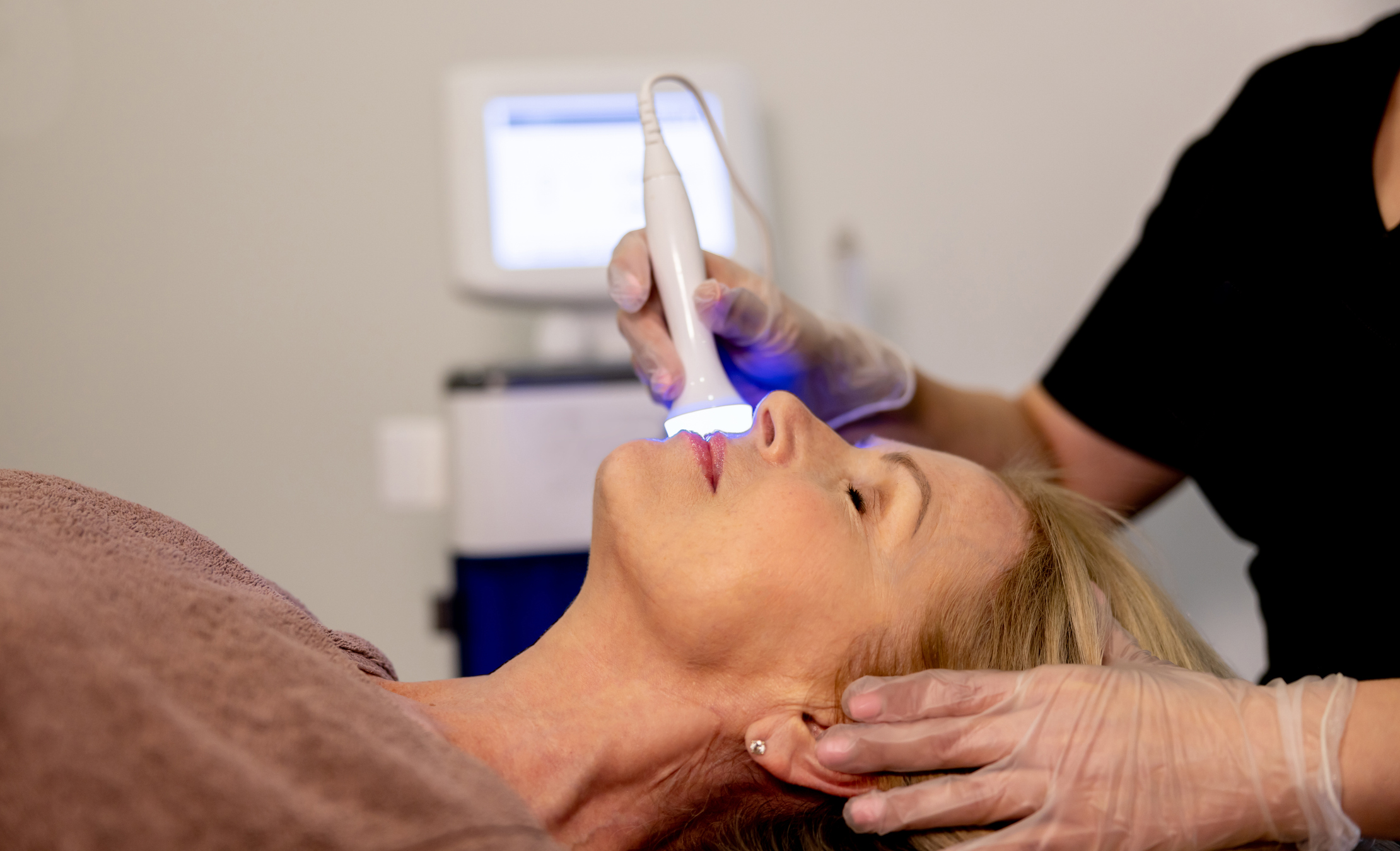
Treatments That Can Reverse Tanning Bed Damage
People have long relied on tanning beds as a convenient way to get that fresh-from-the-beach look. Unfortunately, tanning—whether via tanning beds or outdoor sun exposure—can damage skin. It leads to premature aging, hyperpigmentation, an increased risk of sun cancer, and more.
There is good news, however. The right treatments can help former tanners reverse tanning bed damage and restore a more youthful look to your skin.
Before we show you some of the best rejuvenating treatments for UV-damaged skin, let’s first examine exactly the types of damage that UV rays can cause.
Understanding UV-Induced Skin Damage
Many people love the freshly tanned look—but tanning beds and outdoor tanning come with significant risks that you shouldn’t overlook. UV rays are a type of radiation that penetrates your skin to cause damage that can manifest in various ways. In fact, estimates reveal that UV light accounts for about 80% of the signs of aging we see in the skin.
- Sun damage can take the form of premature aging as UV rays break down the collagen and elastin within your skin. This leads to fine lines, wrinkles, and a loss of skin elasticity that can lead to sagging skin.
- Damage from UV rays leads to increased melanin production, which causes age spots, hyperpigmentation, and other types of skin discolorations. While harmless, these spots can cause concern from a cosmetic standpoint for many.
- UV radiation penetrates the upper layers of your skin to reach deeper cells, where it can cause both cell death and cellular deformities. In addition to causing some of the concerns listed above, this process can also lead to skin cancer, which is a much more dangerous concern.
Treatments That Can Reverse Tanning Bed Damage
Are you wondering how to reverse sun damage? Here at Vargas Face & Skin Center, we offer several treatments that can help. Read below for some suggestions for repairing skin from tanning beds and sunlight and the damage they can cause.
BroadBand Light Therapy
This treatment relies on high-intensity pulses of visible light to target the lower layers of the skin. This helps to promote more rapid cell turnover, which helps rejuvenate the skin. BroadBand light therapy is useful for various skin conditions, including hyperpigmentation, age spots, and minor sun damage.
With BroadBand light therapy, you’ll typically experience a gradual change. Over time and multiple treatments, skin texture will improve, and pigmentation will fade, delivering a more youthful look. In most cases, patients require several treatments, usually performed four weeks apart, to see improvements.
Chemical Peels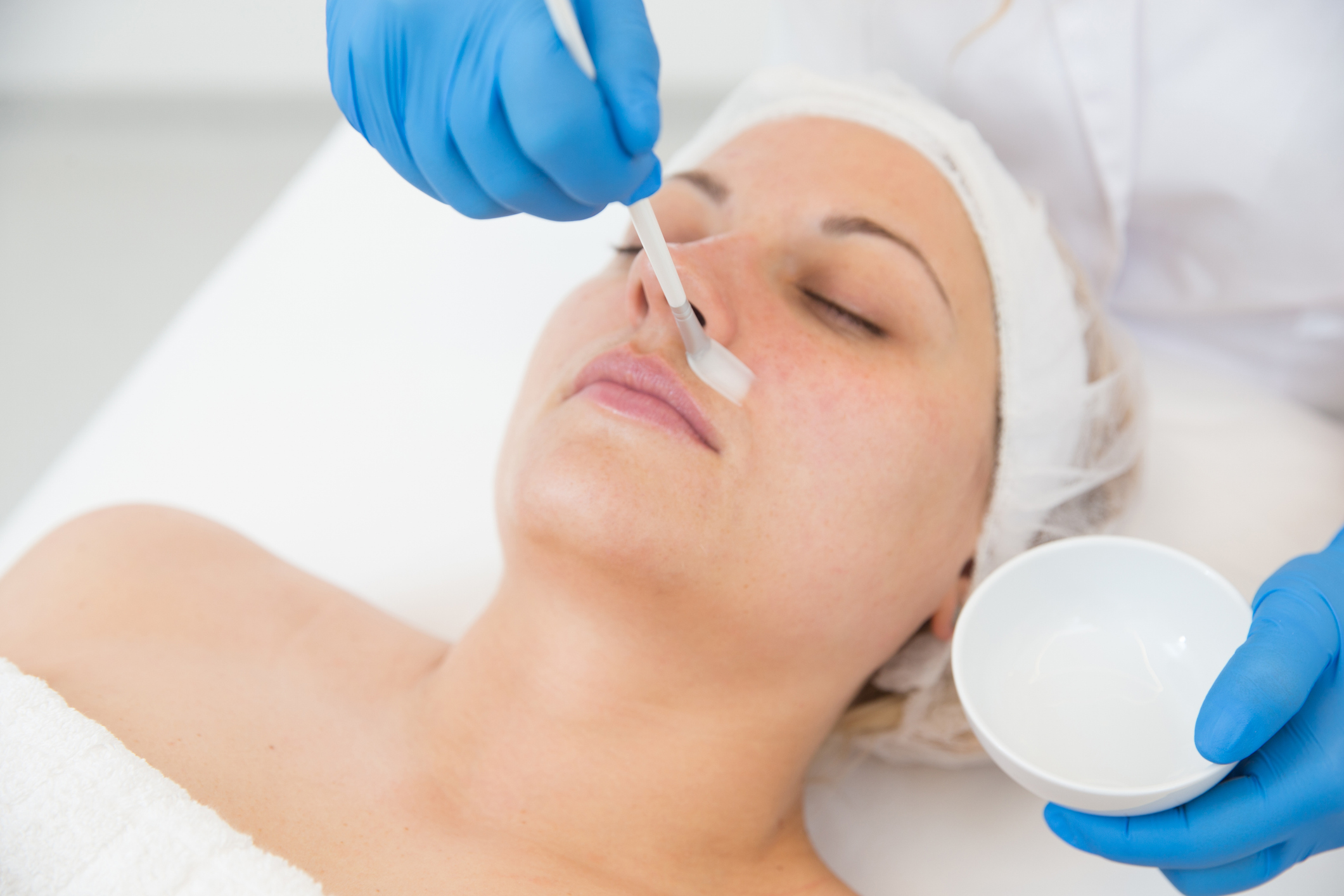
For patients interested in noninvasive treatments, chemical peels may be an option. Chemical peels are designed to use chemical exfoliants to help remove a thin layer of skin from the surface of your face. This helps reveal smoother, younger-looking skin below, making them an effective option for reducing the look of UV-related concerns like hyperpigmentation and signs of premature aging.
Microdermabrasion
This non-invasive technique works similarly to chemical peels, except microdermabrasion uses a physical exfoliant instead of chemicals. This usually comes in the form of fine crystals, aluminum oxide, or sodium bicarbonate. Your aesthetician will use a special applicator to gently exfoliate and reveal the more youthful-looking skin just beneath the surface.
Dermal Fillers and Botox
Injectables like dermal fillers and Botox are useful for temporary tanning bed damage repair. With these treatments, an aesthetician injects the compound into targeted areas to reduce signs of premature aging by filling in fine lines and wrinkles. The result is a smoother, more youthful appearance.
How to Prevent Further Damage
Whether you plan to invest in treatments to reverse tanning bed damage or not, preventing further damage from UV rays is still a good idea. We can’t always avoid UV light entirely, but taking precautions can help slow down the aging process and minimize your risk of skin cancer.
Here’s what you can do for UV damage prevention:
- Avoid tanning beds and excessive UV exposure. This doesn’t mean that you have to avoid the beach at all costs—but don’t go with the sole intent of coming home with a deep tan.
- Instead of relying on products that tout skincare for tanning bed recovery, use sunscreen. Broad-spectrum SPF of 30 or higher—even on cloudy days—will help safeguard your skin against UV rays. If you’re planning that trip to the beach, consider sunscreen with a higher SPF, and be sure to reapply regularly according to the instructions.
- Protective clothing, with or without sunscreen, is also a great way to safeguard your skin. Hats, sunglasses, long sleeves, and long pants all help keep the UV rays away.
- Check the weather. The daily weather forecast comes with a UV index, which will help you understand when you need more protection. The higher the index, the more sun protection you’ll need.
- Use extra protection around reflective surfaces. Water, light-colored sand, and bright swimming pools can all give you an extra dose of UV rays by reflecting sunlight back at you.
Take Steps to Improve Your Skin Today
Tanning beds can damage your skin, especially if you visit them regularly. The treatments outlined above can help you reverse tanning bed damage and restore a more youthful look to your skin.
Want to know which treatments may be best for your specific concerns? Schedule a consultation, and we’ll guide you through the best options for your unique needs.

